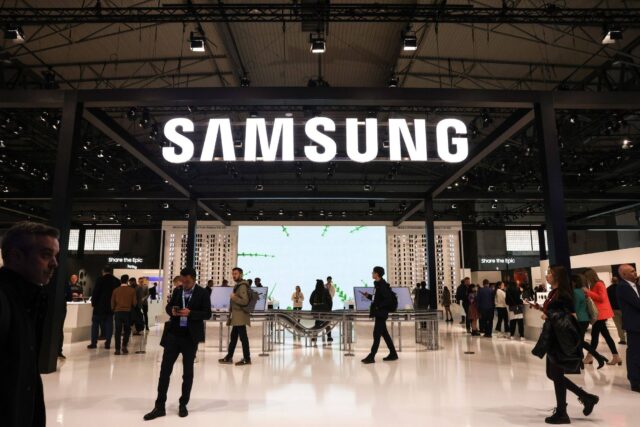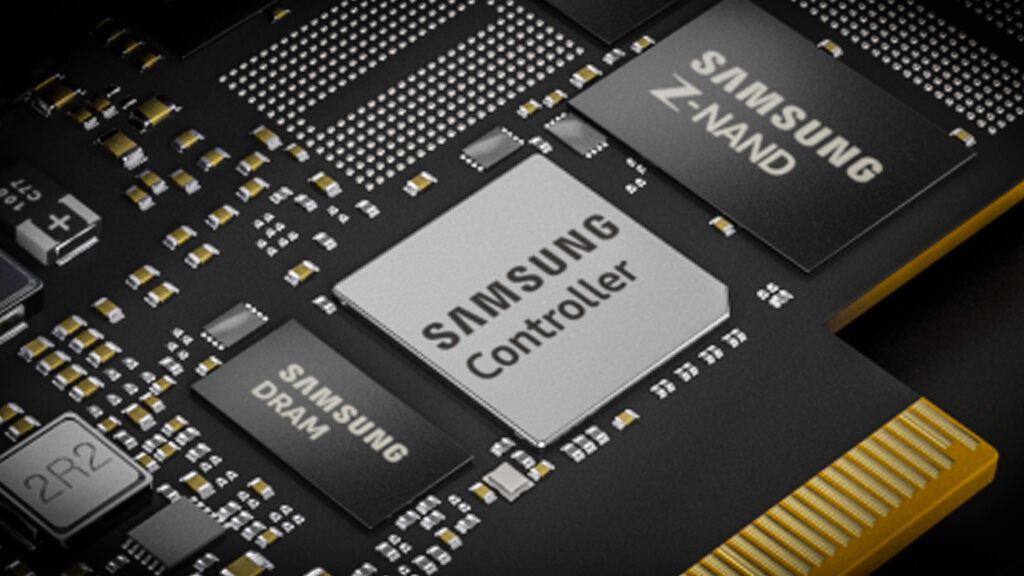
Samsung Electronics, the world’s largest memory chipmaker and a global tech bellwether, announced that it expects a 21% year-over-year drop in operating profit for the first quarter of 2025, signaling mounting challenges in the semiconductor and tech landscape. According to preliminary earnings guidance, the company’s Q1 operating profit is projected to fall to 5.2 trillion won ($3.62 billion) from 6.6 trillion won a year ago.

The Culprits: AI Chip Weakness and Foundry Losses
While global attention has been fixed on the AI boom, Samsung appears to be facing the downside of a cooling trend in certain segments. Weak demand for AI accelerators and slower-than-expected uptake of high-bandwidth memory (HBM) chips have contributed to the profit dip. Additionally, Samsung’s contract manufacturing arm—its answer to Taiwan’s TSMC—reported continued losses due to underutilized capacity and delayed client projects.
The chip division, long the crown jewel of Samsung’s business, is forecasted to bring in 1.7 trillion won, down from 1.9 trillion won last year. Despite a modest recovery in PC and smartphone markets, the semiconductor unit remains under pressure due to steep pricing declines and shifts in technology demands.
DRAM and NAND Prices Plummet
The memory chip sector—Samsung’s traditional profit powerhouse—has taken a significant hit in recent months. DRAM prices dropped by 25%, while NAND flash prices collapsed by 50%. These steep declines reflect oversupply, cautious buyer sentiment, and increased competition from rivals like SK Hynix and Micron.
Although HBM chips—critical for AI training systems—are in high demand, they accounted for a smaller portion of Samsung’s DRAM shipments compared to competitors. SK Hynix, by contrast, has carved out a dominant position in the HBM space, supplying memory for Nvidia’s leading AI chips.
U.S. Expansion Delayed
In another blow to its growth strategy, Samsung confirmed it will delay the opening of its much-anticipated chip factory in Texas to 2027. Originally slated to begin operations by 2025, the $17 billion project has faced construction setbacks, supply chain issues, and permit delays. The postponement casts uncertainty on Samsung’s ambition to expand its presence in the United States and compete directly with TSMC on advanced node manufacturing.
The SK Hynix Contrast
While Samsung struggles to maintain profitability, rival SK Hynix is enjoying a sharp rebound. The company expects profits to more than double in the first quarter, fueled by its strong HBM portfolio and early investment in AI-centric memory technologies. This contrast underscores a shift in the memory chip hierarchy and raises questions about Samsung’s positioning in a rapidly evolving semiconductor landscape.
Looking Ahead
Industry analysts suggest Samsung may need to accelerate its transition toward AI-optimized chips, rethink its foundry strategy, and diversify its memory offerings to regain momentum. The current headwinds—while significant—may also offer a reset opportunity as demand stabilizes and new tech cycles emerge in the second half of 2025.
Still, the short-term pain is real. With memory prices at multi-year lows and strategic delays in global expansion, Samsung faces a critical inflection point in both technology and leadership.
Conclusion:
Samsung’s Q1 2025 profit warning is more than just a financial setback—it’s a reflection of deeper industry shifts. From AI chip competition to delayed U.S. ambitions, the tech titan must navigate complex terrain to retain its dominance in the semiconductor race.



